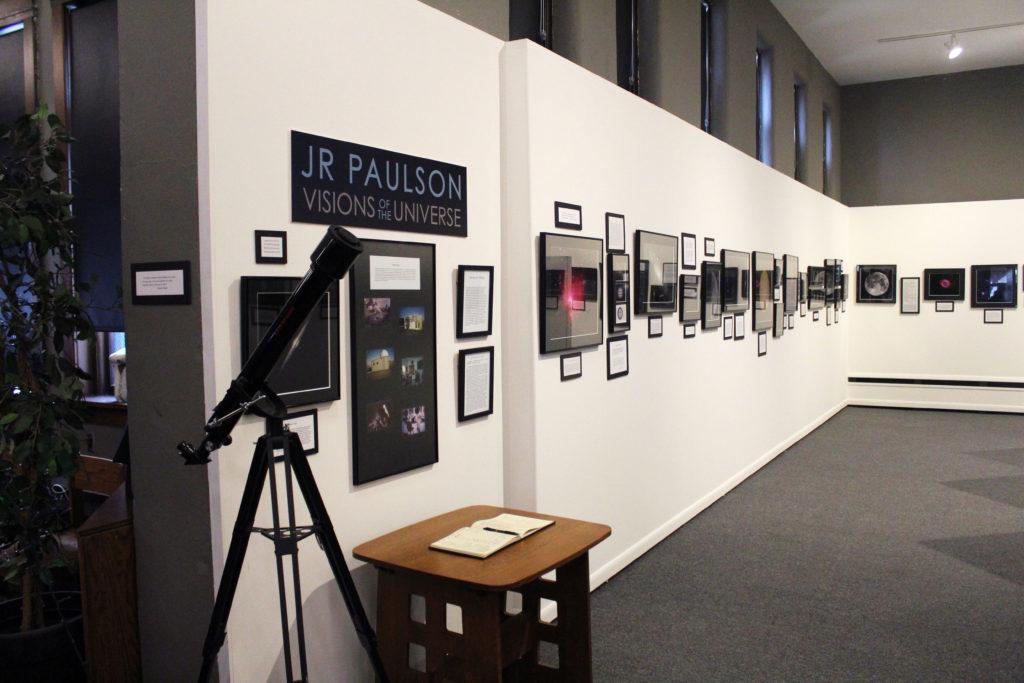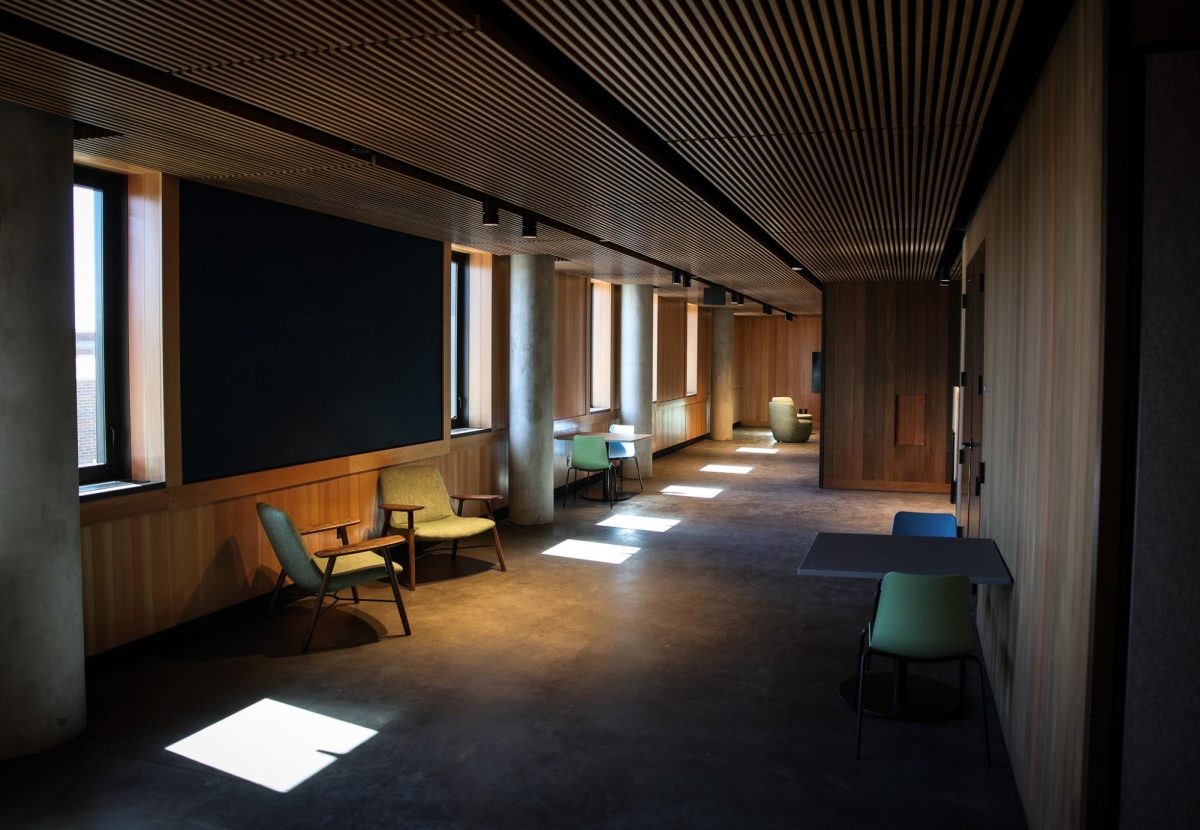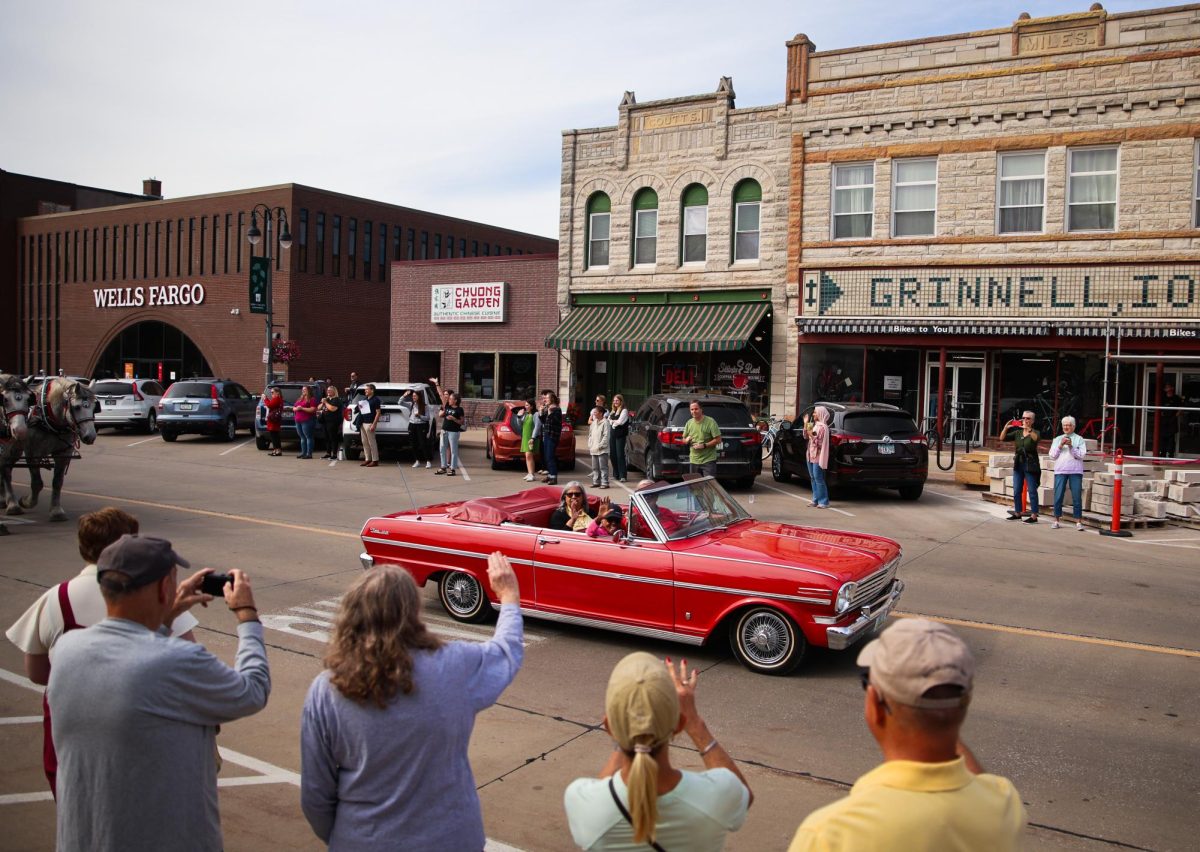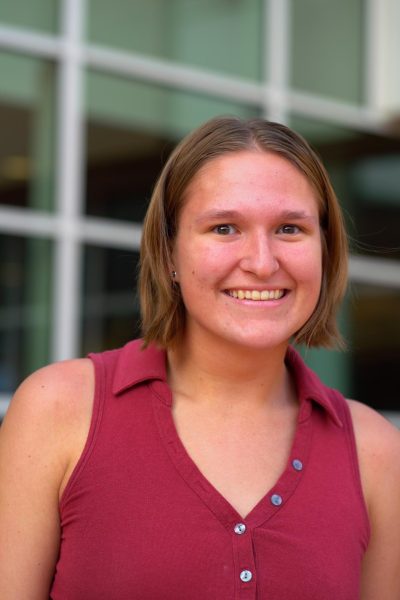Dr. James Paulson, a local family physician, has been exploring and mapping the universe since the age of 9. From the moment he looked through his first telescope, he was hooked. Now, he’s sharing his explorations with the Grinnell community in an exhibit called “Visions of the Universe,” located at the Grinnell Area Arts Council on Broad St.
The exhibit features an array of images ranging from galaxies, to constellations, to supernovae. All but one of the images in the exhibit were taken from Paulson’s observatory, about five miles east of Grinnell. The 20-year-old observatory is where all of Paulson’s equipment is, and it is where he conducts his boundless explorations of the universe.
Visions of the Universe is the third large-scale exhibition of his photos to date. Paulson has presented his astral images at the Unitarian Universalist Fellowship of Ames as well as the Science Center of Iowa.
An amateur astronomer, Paulson’s reverence and knowledge of the discipline is evident. His passion for astronomy constitutes more than just intellectual astoundment; there is a large amount of emotional energy involved in mapping the universe as well.
Paulson said, “When [someone] looks through a telescope at an astronomical image for the first time, it produces a visceral response. Not just a cerebral response.” This “visceral response” is quite humbling. During his presentations, Paulson enjoys mentioning a quote from one of his favorite comics “Calvin and Hobbes.” The quote goes, “Sometimes I think the surest sign that intelligent life exists elsewhere in the universe is that none of it has tried to contact us.” It’s one of the many philosophical messages that drives Paulson’s astronomical discoveries, he said.
When [someone] looks through a telescope at an astronomical image for the first time, it produces a visceral response. Not just a cerebral response. – James Paulson
A philosophy major at Albion College in Michigan, Paulson has used his work to encompass many of the philosophical as well as scientific motivations for studying astronomy. Astronomer Carl Sagan’s quote “we’re all made of star stuff” is featured prominently in the exhibit. Not only is this quote proven true by the study of galaxies, it recognizes an inextricable link between us and the universe.
Paulson, referring to Sagan’s eloquent words, says, “Every oxygen molecule that [humans] are breathing now, at one time came from a supernova. Every carbon atom in your body was the inside of a star once that imploded and got spread out into the universe.”
A supernova is, in fact, a star that imploded in on itself due to the strength of gravity. In short, supernovae produce the “star stuff” that, in turn, produces life.
Every oxygen molecule that [humans] are breathing now, at one time came from a supernova. Every carbon atom in your body was the inside of a star once that imploded and got spread out into the universe. – James Paulson
Different supernovae throughout the universe are featured in the exhibit. For example, the Eagle Nebula, the Veil Nebula, and the Great Nebula in Orion were all imaged by Paulson and are included in the exhibit.
Paulson cites the Eagle Nebula as one of his favorites, saying that “almost everyone recognized it.”
The Eagle Nebula has garnered prominence due to the Hubble Telescope, a telescope that was launched into space in 1990. The Hubble Telescope’s images of the Eagle Nebula resemble Paulson’s images of the Eagle Nebula. This, in particular, is a point of pride regarding the exhibit.
While Paulson’s images of astronomical matter are vast, he is sure to note that humans have only discovered 5 percent of the universe. Moreover, he describes that this fact comes as a shock to many viewers. Humanity’s knowledge of the universe may be vast, but the universe is far more vast.
In a final statement, that sums up both his practical as well as his theoretical proclivities towards astronomy, Paulson says, “Another thing I love about astronomy is that it’s free, and it’s accessible to all.”
Interested patrons can visit Paulson’s “Visions of the Universe” exhibition at the Grinnell Area Arts Council. Paulson will be at the exhibit to answer viewers’ questions on Thursday, April 14, from 6 p.m. to 8 p.m., Saturday, April 16 from 12 pm to 2 p.m., Wednesday, April 20, from 6 p.m. to 8 p.m., and Saturday, April 23, from 12 p.m. to 2 p.m.



























































